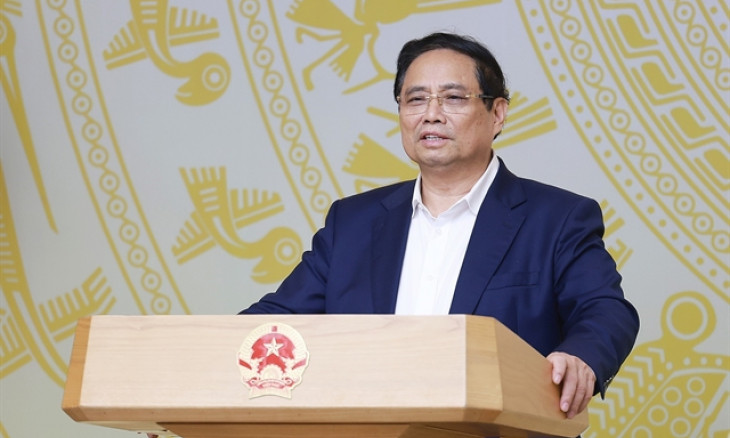Construction material industry's revenue to reach 47 billion USD
Despite significant domestic demand due to low housing rates and incomplete infrastructure, Vietnam's construction materials industry faces challenges, according to insiders.
At a recent seminar on the development of Vietnam’s modern and sustainable construction material sector on November 9, Le Trung Thanh, Director of the Department of Building Materials at the Ministry of Construction, revealed that the industry generated around 47 billion USD annually, contributing 11% to the national GDP.
According to Thanh, the domestic demand for construction materials remains substantial due to low housing areas nationwide, with the urbanisation rate at around 43% and incomplete infrastructure in transport and energy sectors. These factors provide a significant room for development in the construction material industry.
However, in recent years, the Vietnamese construction material industry has encountered numerous challenges.
Both consumption and revenue have decreased, posing risks of production stagnation and business disruptions for enterprises, potentially leading to job losses and impacting socio-economic development.
Nguyen Quang Hiep, Director of the Institute of Building Materials, pointed out that many production sectors primarily invested in small to medium scales, particularly in areas such as brick and tile manufacturing, fired clay, unfired bricks, stone extraction and construction sand.
Consequently, the application of science and technology in production faced significant challenges.
The production of materials in Vietnam relied heavily on input factors like mineral resources, technology, energy and capital. The balance between supply and demand for various product types was inadequate, resulting in overstocking and underutilisation of business production capacity, he added.
However, the utilisation of alternative raw materials, promoting economic circularity in construction material production, had not received sufficient attention and appropriate investment.
Hiệp highlighted the importance of the government and enterprises continuing to enhance management, apply science and technology and focus on developing new environmentally friendly high-performance construction materials.
Quach Huu Thuan, Deputy General Director of Viglacera, said that the integration of technology, innovation and creativity remained the consistent guiding principle.
This approach is the key to Viglacera's successful and powerful brand, according to Thuan.
Viglacera is currently seen as a pioneering domestic enterprise in innovation and creativity in the field of construction material production. By consistently investing in cutting-edge global technologies and focusing on green technologies and products, it aims to become a top choice when penetrating demanding markets like Europe, North America and the Middle East.
However, in the current fiercely competitive landscape, Thuan believed that the government and relevant ministries need to establish robust policies to support consumption and encourage the use of new high-tech products.
This includes setting up technical barriers for imports and ensuring fair treatment similar to other countries. Additionally, updating technical regulations, standards, and timely price notifications for new product lines are essential to facilitate usage in national projects.
Meanwhile, Thanh also sees the current challenges in the construction materials industry as an opportunity to assess the capabilities and efficiency of enterprises and products.
To enhance productivity, quality, and competitiveness in both domestic and international markets, it requires efforts in technology application, marketing, and environmental protection from all stakeholders.






